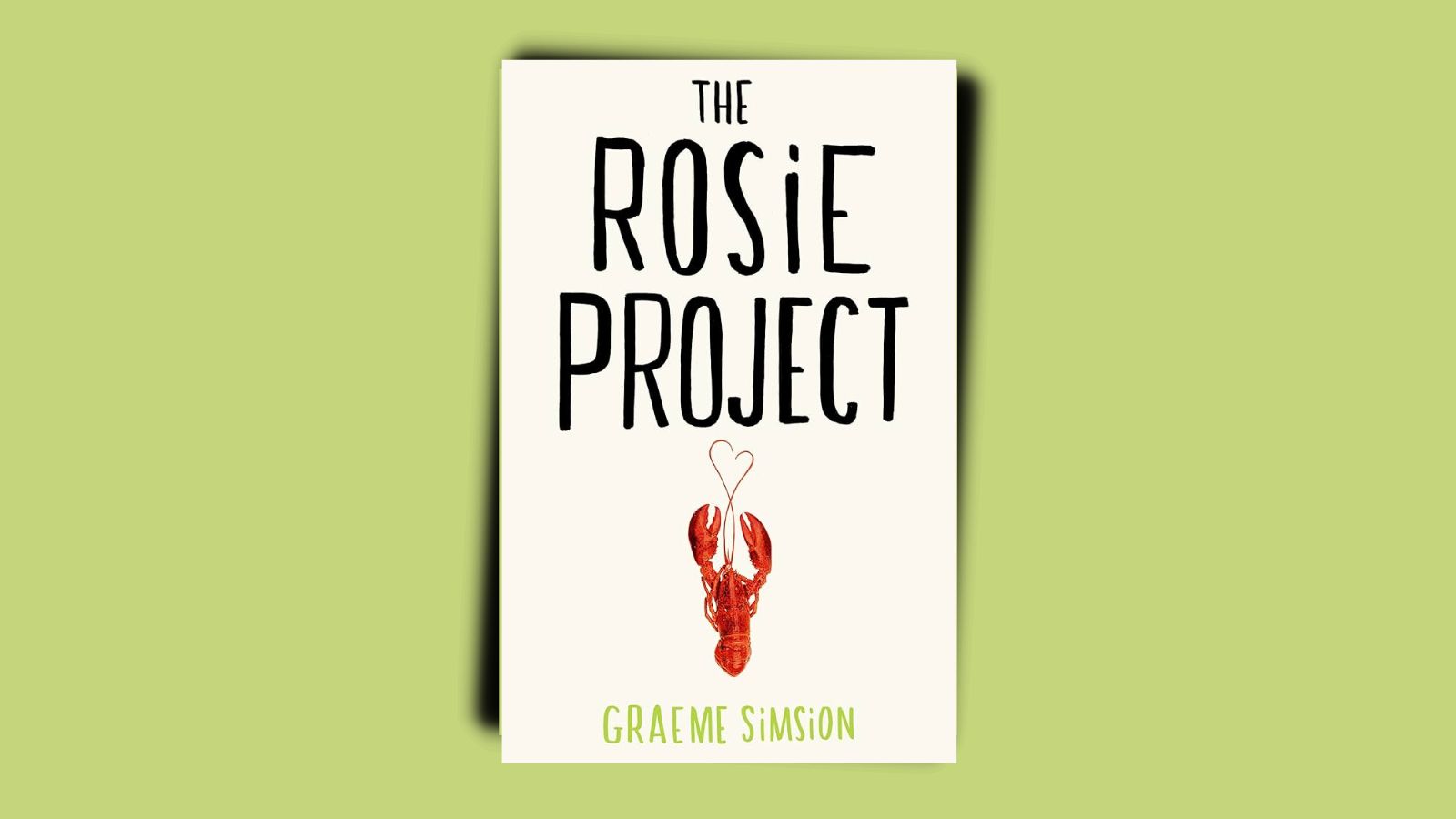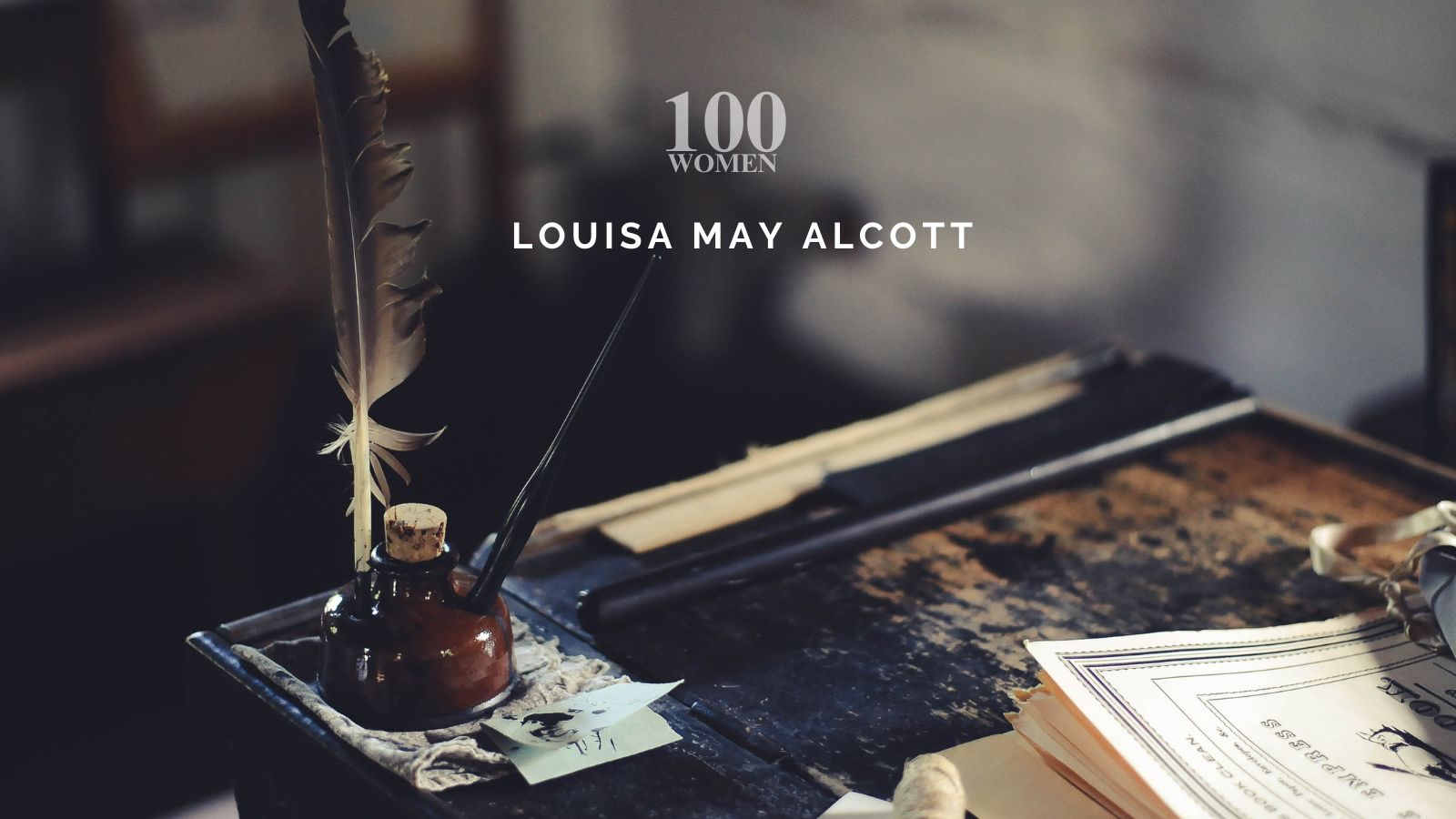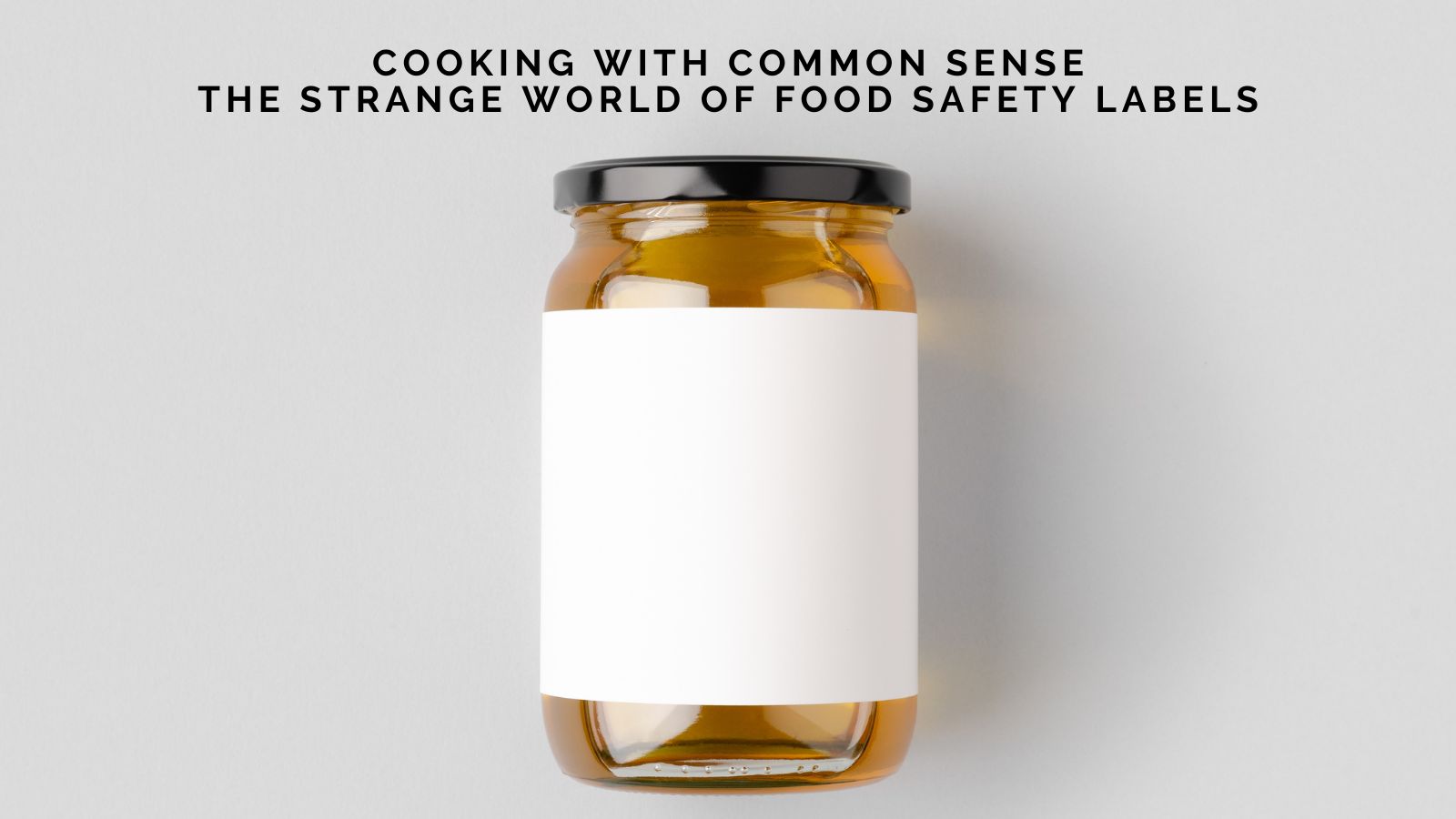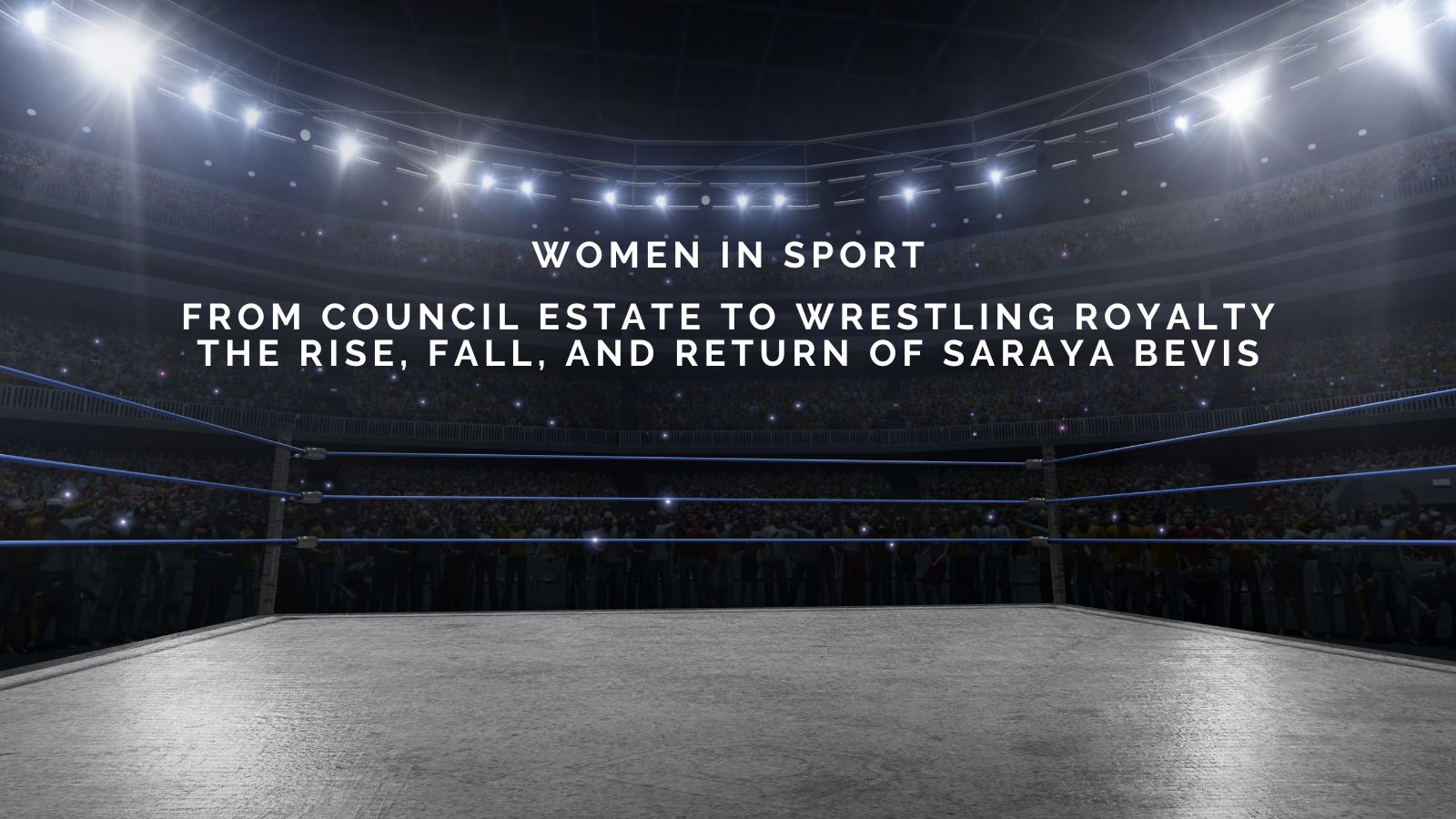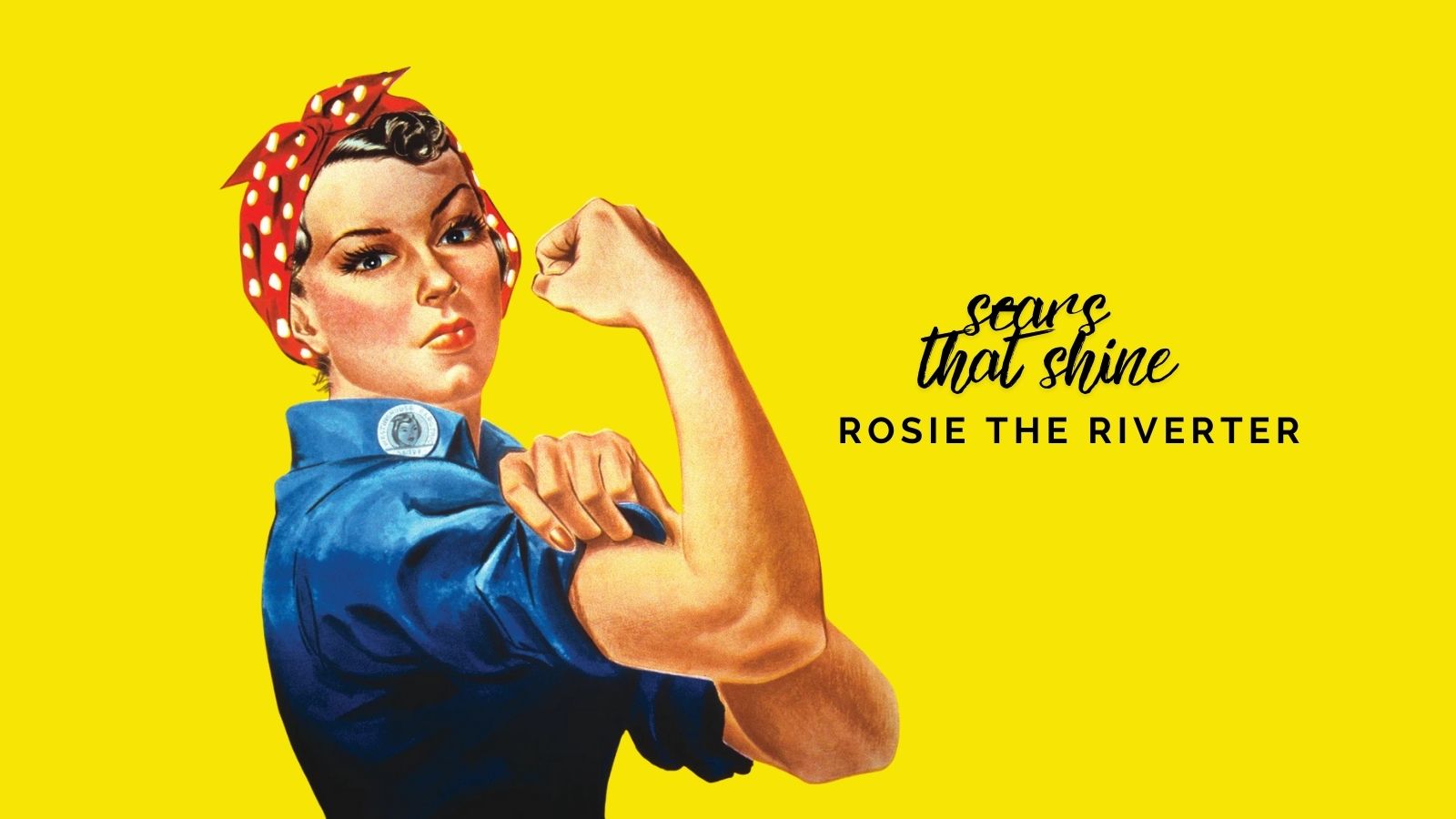
She wasn’t one woman. She was every woman.
Rosie the Riveter — that iconic image of a woman in a blue work shirt, red polka-dot bandana, flexing her arm with the words “We Can Do It!” — has lived on for over 80 years. But the story behind Rosie is far more complex than a single poster. She was a cultural symbol born from necessity, shaped by millions of real-life women, and later reclaimed as a voice for equality.
Unlike most historical figures, Rosie didn’t have a childhood, a hometown, or a single biography. She was an idea. She came to life in 1942, during the Second World War, when America’s factories were desperate for workers after men left for the front lines. Women, many of whom had never worked industrial jobs before, stepped into shipyards, munitions plants, and assembly lines.
The name “Rosie” came from a popular 1942 song, Rosie the Riveter by Redd Evans and John Jacob Loeb, which celebrated a factory worker doing her part for the war effort. Soon, the name became shorthand for every woman who picked up a wrench or rivet gun.
The most famous image of Rosie was created by artist J. Howard Miller for Westinghouse Electric. At first, it wasn’t even meant to be a rallying cry for women — it was an internal morale booster for company employees. The “We Can Do It!” poster only appeared for two weeks in February 1943.
But something about her look — steady gaze, rolled-up sleeve, unapologetic strength — struck a chord. By the 1980s, during the women’s rights movement, Rosie’s image was rediscovered and reinterpreted. She was no longer just a wartime worker; she was the embodiment of empowerment, pay equity, and women’s rightful place in any field.
Rosie didn’t march in the streets or give speeches. Instead, she lived through the millions of women who wore her image, who carried her on banners, and who quoted her in boardrooms, classrooms, and political rallies.
In the decades after the war, women were told to return to their homes, making way for returning soldiers. Many did, but they remembered. They remembered that they had kept the country running. They remembered that they could weld steel, run machinery, and lead crews. Rosie became a quiet but unshakable reminder: women’s competence in “men’s work” was not the exception, it was fact.
Her most famous line is still “We Can Do It!” — short, sharp, and loaded with meaning. Over the years, it has been adopted far beyond factory walls:
In politics: a rallying cry for equal pay legislation.
In sports: emblazoned on banners in women’s tournaments.
In everyday life: a phrase women tell each other when starting businesses, running for office, or facing personal battles.
Though Rosie was a symbol, many real women became her face. Geraldine Hoff Doyle, often mistaken as the model for the “We Can Do It!” poster, was a 17-year-old factory worker in Michigan when she was photographed. Naomi Parker Fraley, another wartime worker, is now widely recognised as the true inspiration for Miller’s painting. Both women, in their own ways, lived the spirit of Rosie — capable, determined, and willing to take on roles the world said they couldn’t.
Rosie the Riveter endures because she bridges the gap between history and possibility. She reminds us that the world only changes when ordinary people step forward. She’s a lesson in what happens when society stops asking, “Can women do it?” and starts realising, “They already are.”
Rosie didn’t have a singular early life, but she has had a lasting afterlife. From factory floors to social media feeds, she still rolls up her sleeve, looks us in the eye, and dares us to act.



